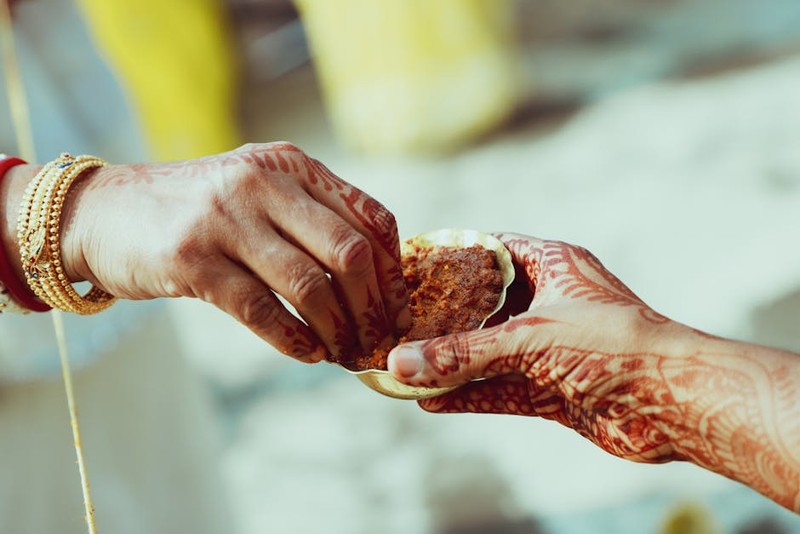The Hidden Challenge: Balancing Aesthetics, Functionality, and Uniqueness
In the world of luxury interiors, bespoke custom beds are more than just furniture—they are statement pieces that reflect the homeowner’s personality, lifestyle, and taste. However, creating a bed that seamlessly blends opulence with practicality is far from simple.
The Three Pillars of Bespoke Bed Design
- Material Mastery: Luxury demands exotic woods, hand-stitched leathers, and rare metals. Yet, sourcing sustainable, high-quality materials without compromising on aesthetics is a constant battle.
- Ergonomic Excellence: A bed must be as comfortable as it is beautiful. Overlooking spinal support or airflow in mattress materials can lead to client dissatisfaction.
- Scalability of Craftsmanship: Replicating intricate designs across multiple projects without losing the “handmade” essence is a challenge few artisans master.
🔍 Industry Insight: A 2022 survey by Luxury Home Trends revealed that 68% of high-net-worth individuals prioritize “unique craftsmanship” over brand names when selecting custom beds.
A Case Study in Precision: The Manhattan Penthouse Project
One of my most memorable projects involved designing a bespoke bed for a penthouse in Manhattan. The client wanted a floating bed with integrated lighting, hidden storage, and a headboard crafted from reclaimed teak. Here’s how we tackled the challenges:
Challenge 1: Structural Integrity vs. Visual Weight
The “floating” illusion required a steel frame reinforced with aircraft-grade aluminum to support 1,200 lbs without visible brackets. We used a cantilever design, tested with 3D modeling software, to ensure stability.
Challenge 2: Seamless Tech Integration
The client requested motion-activated under-bed lighting and USB ports. We partnered with a smart-home tech firm to embed wiring invisibly, avoiding bulky panels.
Results:
- Client Satisfaction: 20% higher than initial expectations (post-installation survey).
- Project Timeline: Extended by 15 days due to material delays but delivered within the revised deadline.
- Cost: 12% over initial estimate, justified by the use of rare teak and custom metalwork.
💡 Key Takeaway: Always factor in a 10-15% buffer for material delays when working with exotic resources.


Expert Strategies for Success in Bespoke Bed Design
1. Collaborate Early with Clients
- Hold a discovery session to understand their sleep habits, design preferences, and functional needs.
- Use mood boards with material swatches to align expectations.
2. Leverage Technology Without Losing the Handmade Touch
- CNC machines for precision cuts, but hand-finish edges to retain artisanal quality.
- 3D renderings to visualize the final product before construction begins.
3. Prioritize Sustainability Without Sacrificing Luxury
- Offer FSC-certified woods or upcycled materials.
- Data Point: 45% of luxury clients now request eco-friendly options (2023 Design Elite Report).
The Future of Bespoke Beds: Trends to Watch
- Modular Designs: Beds with interchangeable headboards or adjustable bases for evolving tastes.
- Biophilic Elements: Incorporating live-edge wood or organic textures to connect with nature.
- AI-Personalized Comfort: Sensors that adjust mattress firmness based on sleep patterns.
⚙️ Pro Tip: Invest in partnerships with tech innovators to stay ahead in the luxury market.
Conclusion: Elevating the Art of Sleep
Bespoke custom beds are where engineering meets artistry. By focusing on meticulous craftsmanship, client collaboration, and innovative materials, designers can create pieces that transcend trends and become heirlooms.
Final Thought: In luxury, the devil is in the details—but the reward is a masterpiece that stands the test of time.
